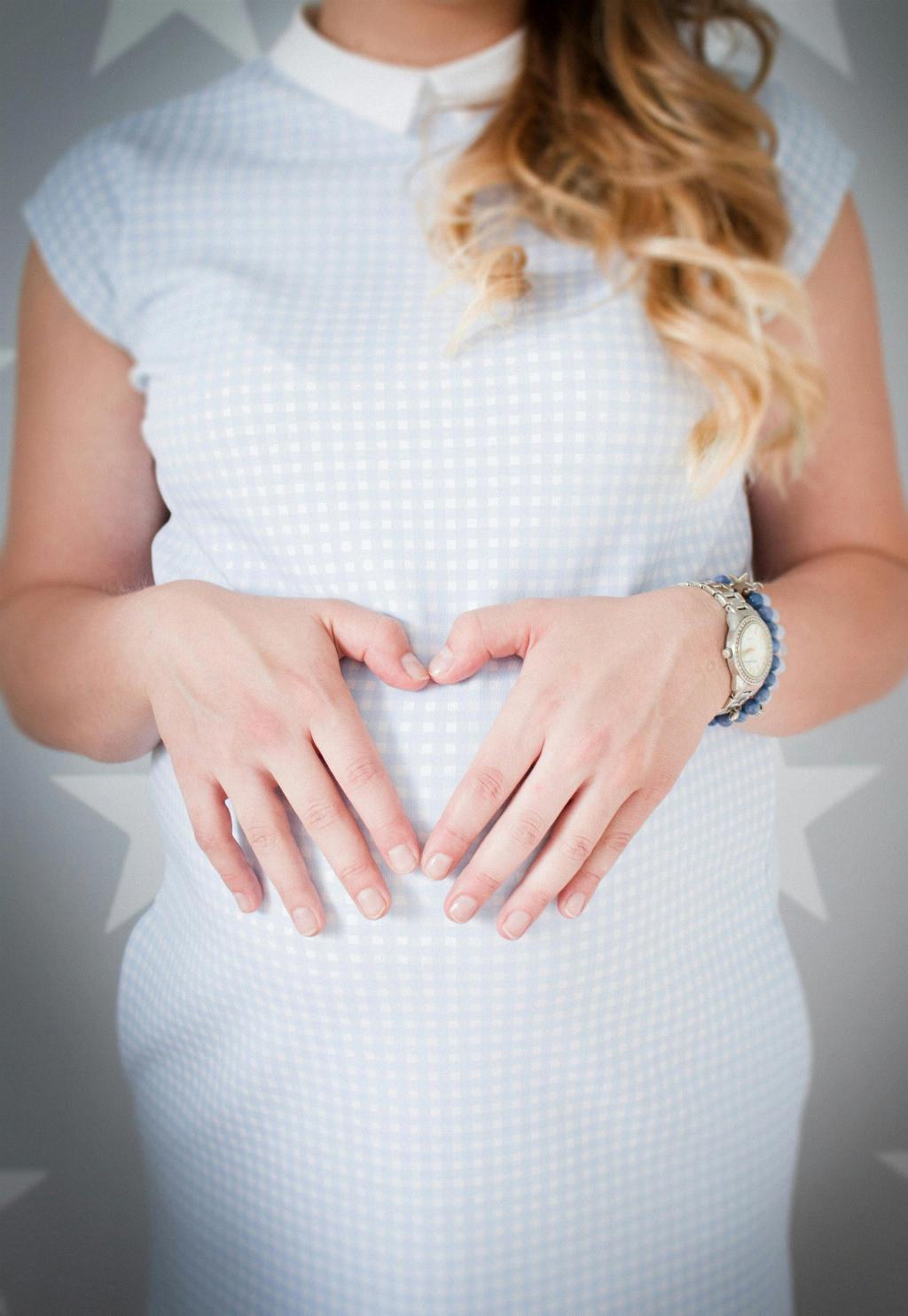Calculating the exact date of conception can be a bit tricky for many individuals. However, by understanding certain key facts and factors, you can arrive at a general estimation of when you might have conceived. One critical aspect to consider is the timing of your last menstrual period (LMP), which plays a significant role in conception calculations.
Importance of Last Menstrual Period (LMP)
Your LMP serves as a crucial reference point for estimating the date of conception. Conception typically occurs around 11-21 days after the first day of the last period for women with regular menstrual cycles. This range is essential to keep in mind when trying to pinpoint the potential date of conception.
Factors Affecting Conception Date Calculation
Various factors can influence the accuracy of determining the date of conception. These factors include the regularity of your menstrual cycle, the timing of ovulation, and the fertilization window, among others. Understanding these factors can help in obtaining a more precise estimation.
Tracking Ovulation and Fertility Window
Monitoring your ovulation cycle and identifying your fertility window can provide valuable insights into your conception timeline. Ovulation usually occurs around the middle of the menstrual cycle, and the fertile window spans a few days before and after ovulation. These indicators can aid in narrowing down the potential date of conception.
Consideration of Sperm Viability
Another crucial aspect to consider is the viability of sperm. Sperm can survive in the female reproductive tract for several days, increasing the window of potential conception. This extended viability period underscores the importance of accounting for sperm lifespan when calculating the date of conception.
Consultation with Healthcare Providers
For individuals seeking a more accurate determination of their conception date, consulting healthcare providers or obstetricians can be beneficial. Healthcare professionals can utilize various methods and tools to assess conception timelines and offer personalized guidance based on individual circumstances.
Ultrasound Dating and Conception Estimation
Ultrasound dating is a common method used by medical professionals to estimate conception and due dates. Ultrasound scans can provide detailed insights into fetal development and help establish a more precise timeline for conception. This technology is particularly useful in cases where conception dates are uncertain.
Keeping Track of Menstrual Cycle and Symptoms
Maintaining a record of your menstrual cycle and observing any early pregnancy symptoms can aid in retrospective calculations of conception dates. Symptoms such as implantation bleeding, nausea, and fatigue may offer clues regarding the timing of conception, supplementing the overall estimation process.
Understanding Variations in Conception Dates
It’s essential to recognize that determining the exact date of conception can be challenging due to various factors influencing the process. While calculations and estimations can provide valuable insights, variations in individual factors and circumstances may result in slight discrepancies in conception date predictions.
Accounting for Individual Variability
Each individual’s reproductive system and conception process are unique, leading to variability in conception dates. Factors such as cycle irregularities, sperm longevity, and implantation timing can contribute to differences in when conception actually occurred. Recognizing this individual variability is key when interpreting conception calculations.
Final Thoughts on Calculating Conception Date
In conclusion, calculating the precise date of conception involves considering various factors such as the timing of your last menstrual period, ovulation cycle, sperm viability, and healthcare consultations. While estimating conception dates can provide helpful insights, it’s crucial to acknowledge the inherent variability in individual reproductive processes. By understanding these key aspects and seeking professional guidance when needed, you can gain a better understanding of your conception timeline.

